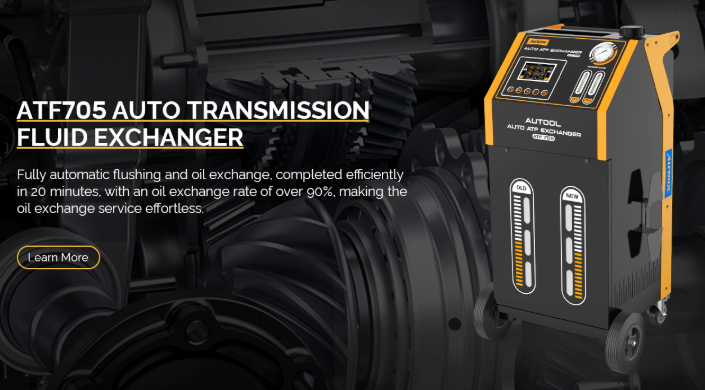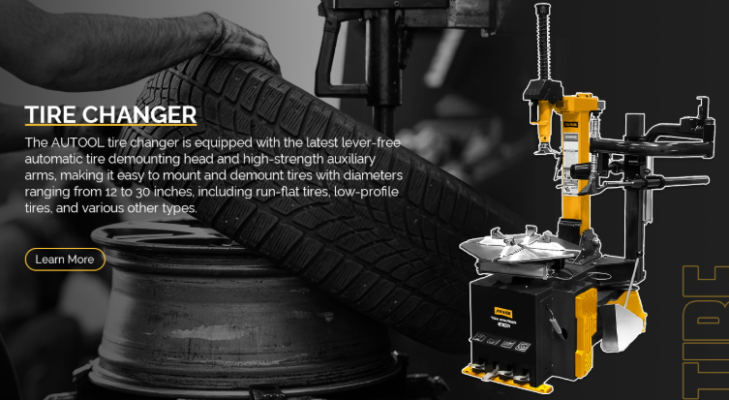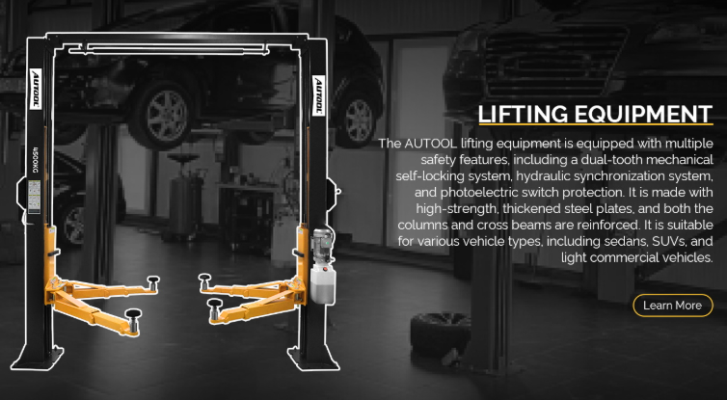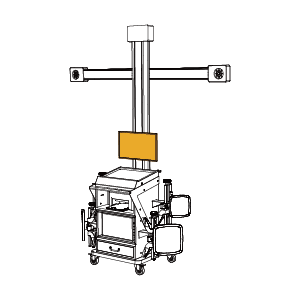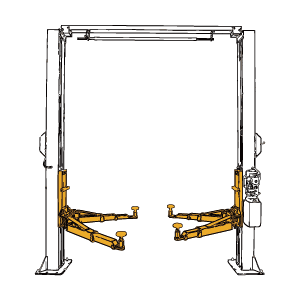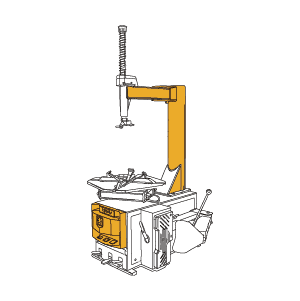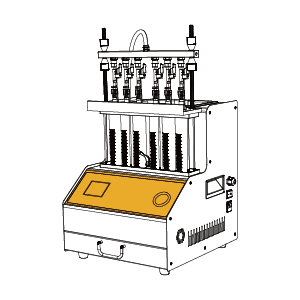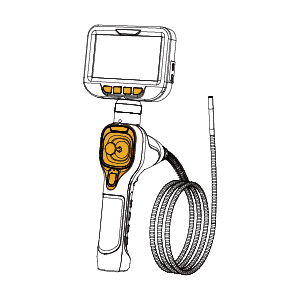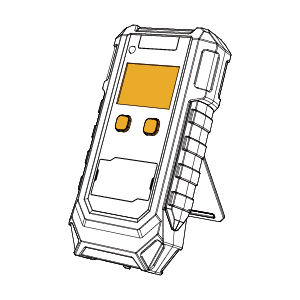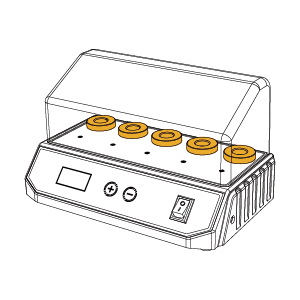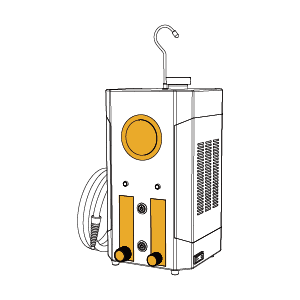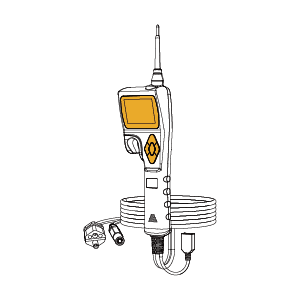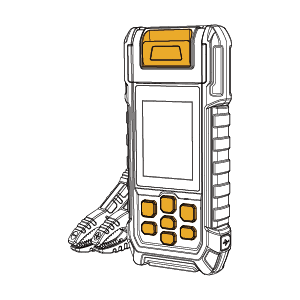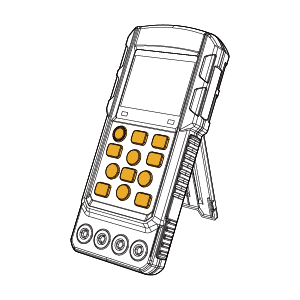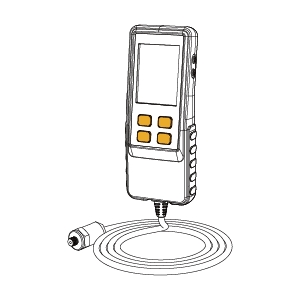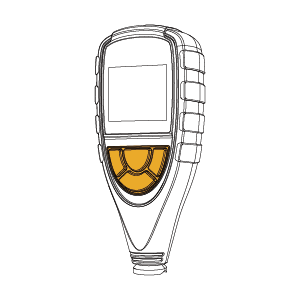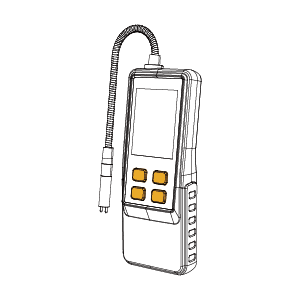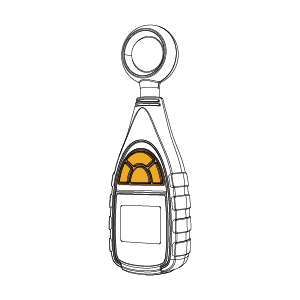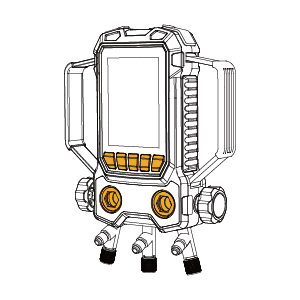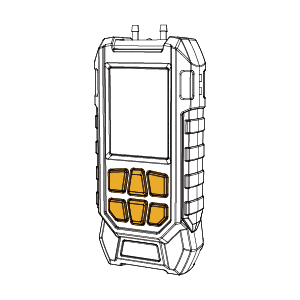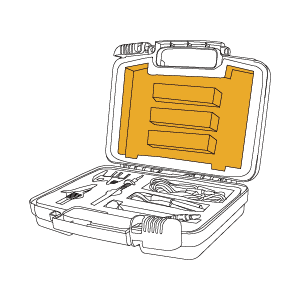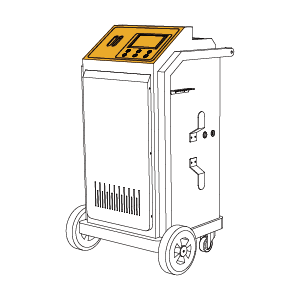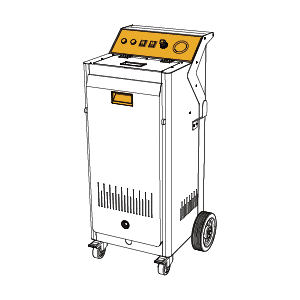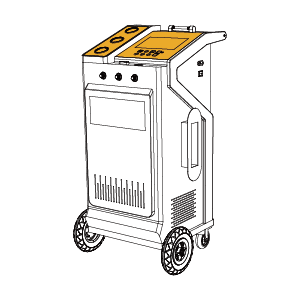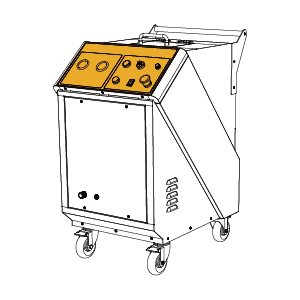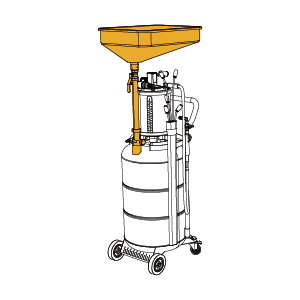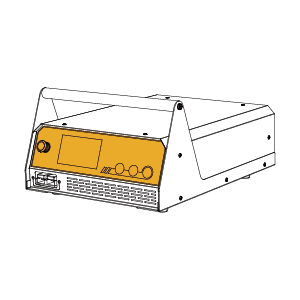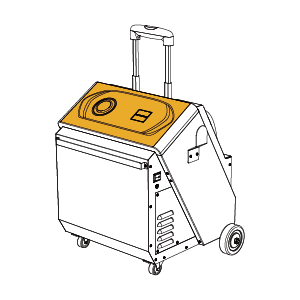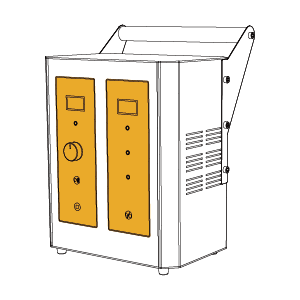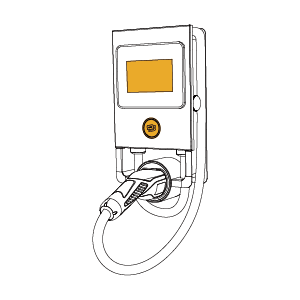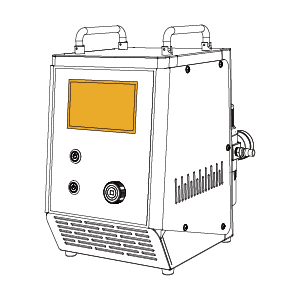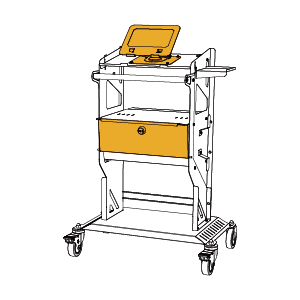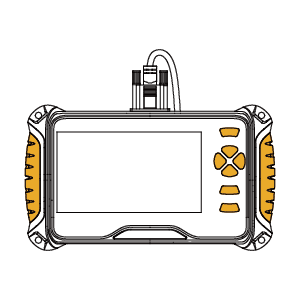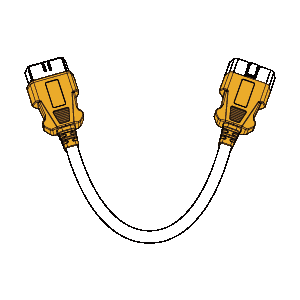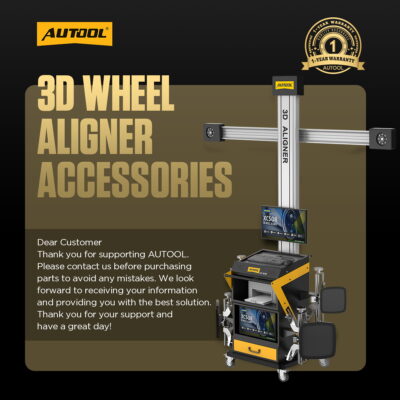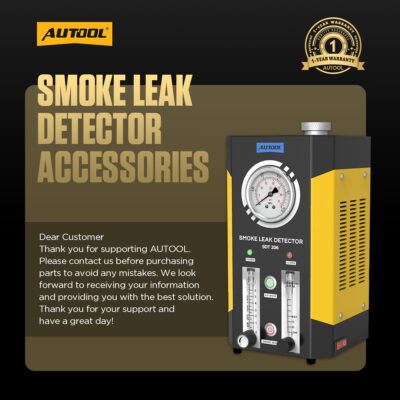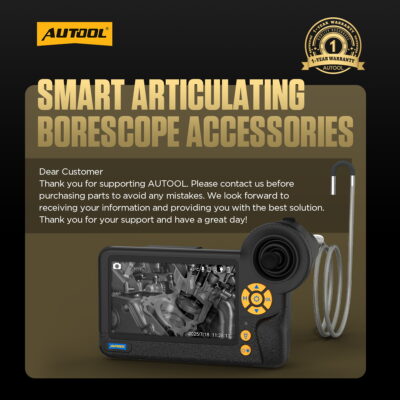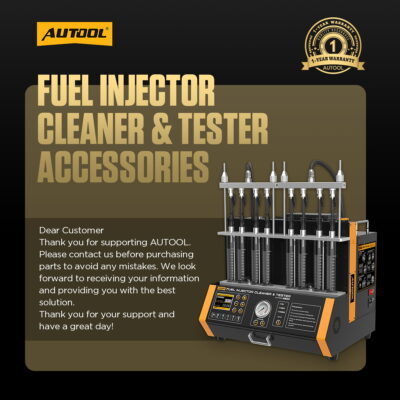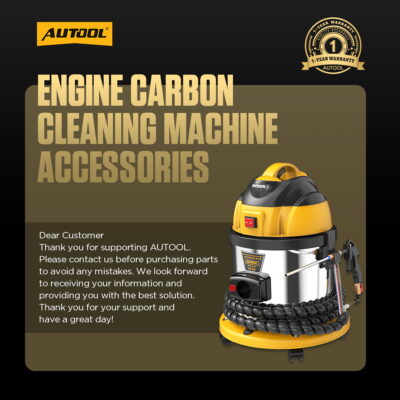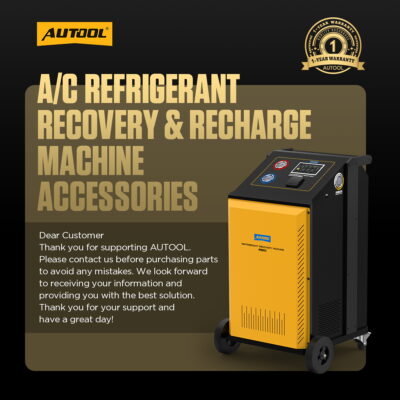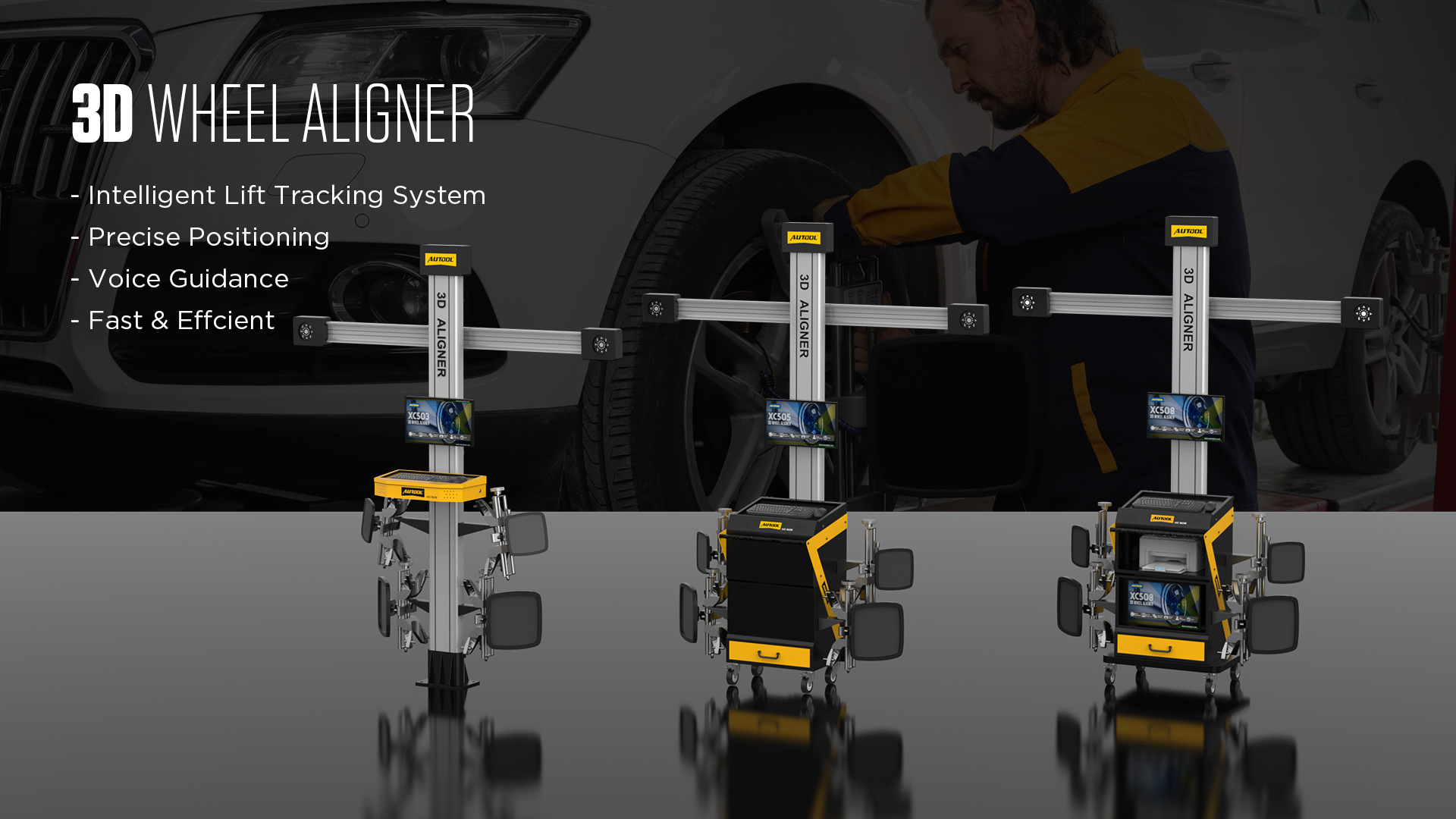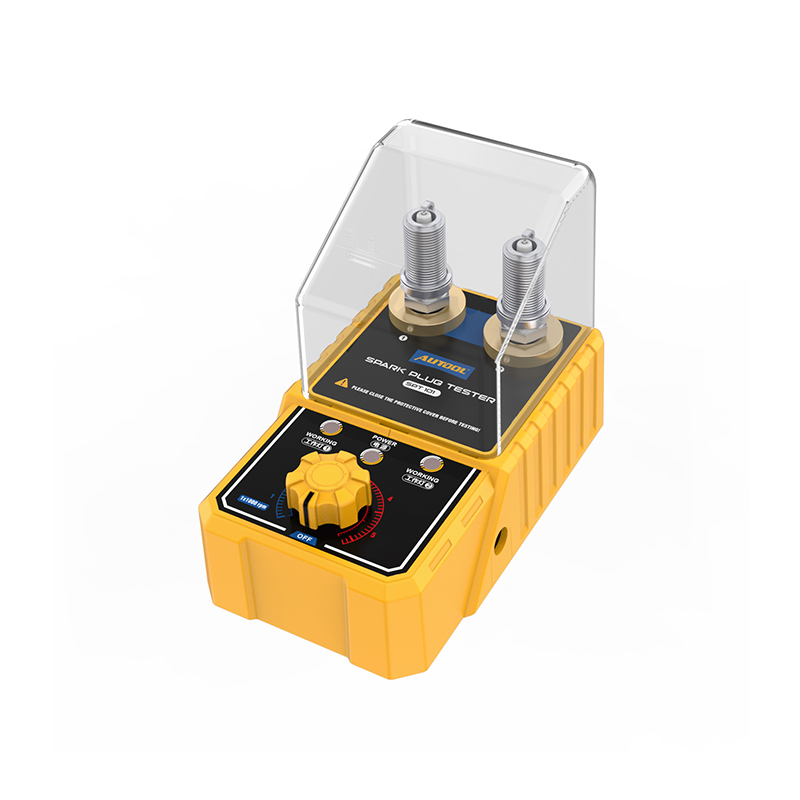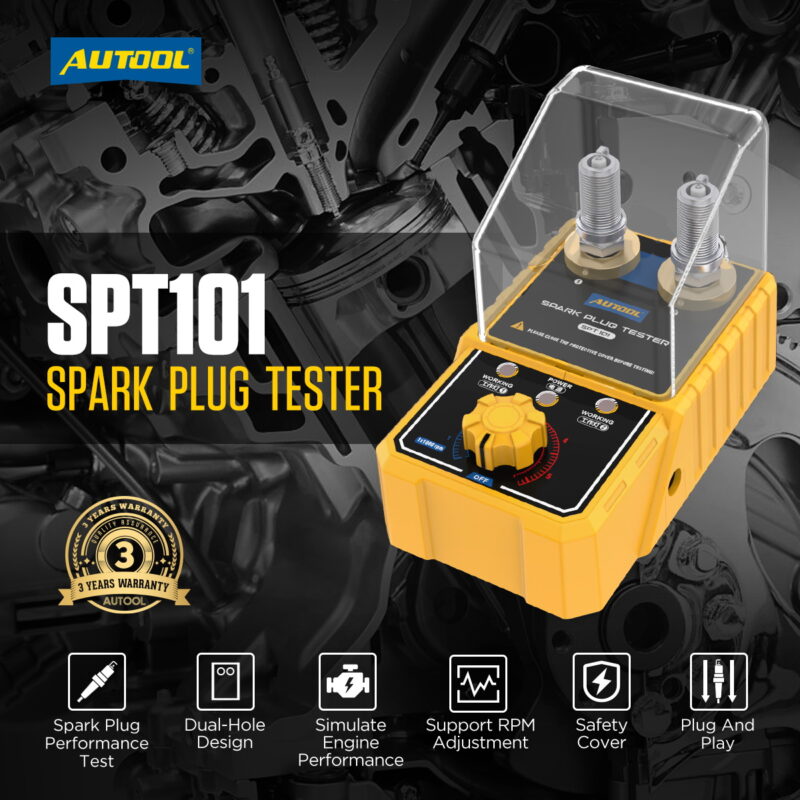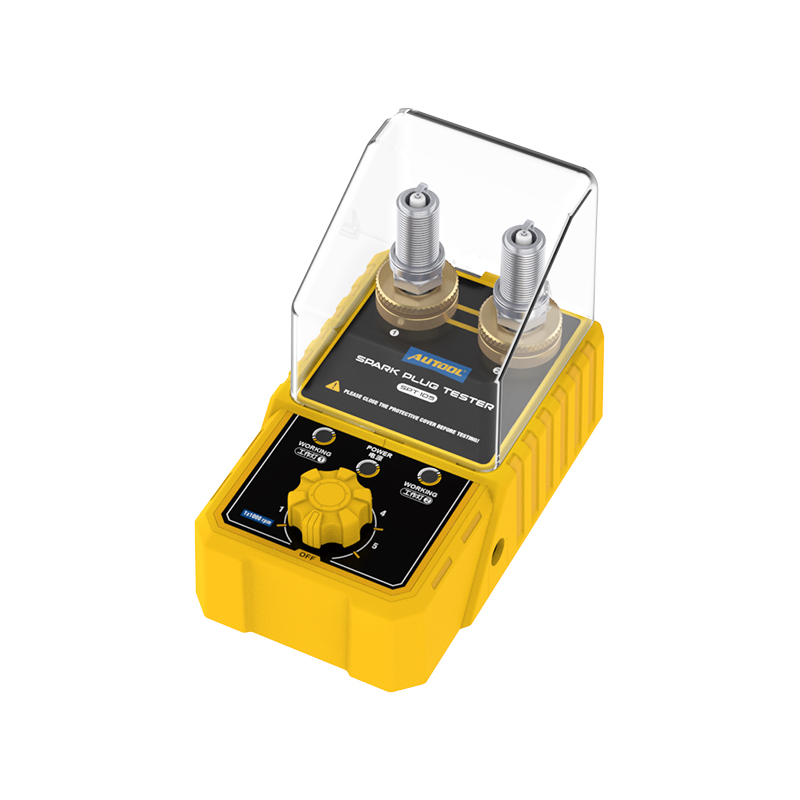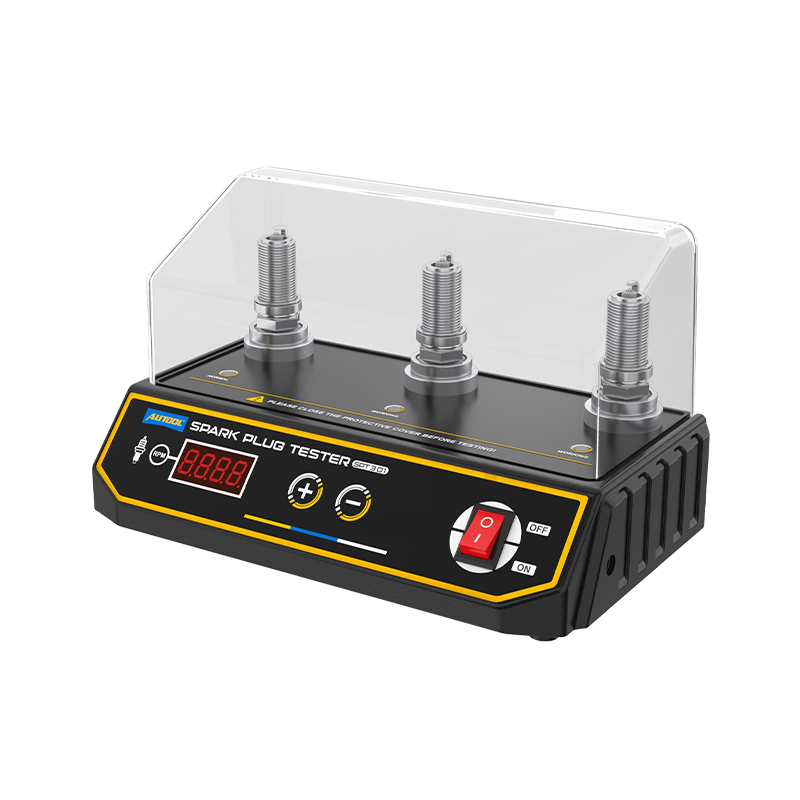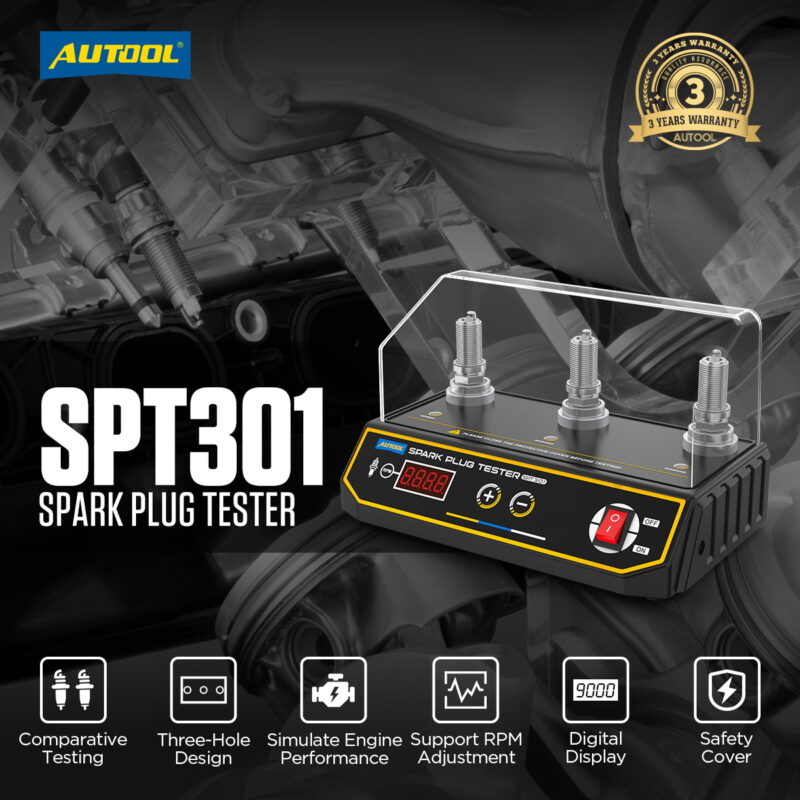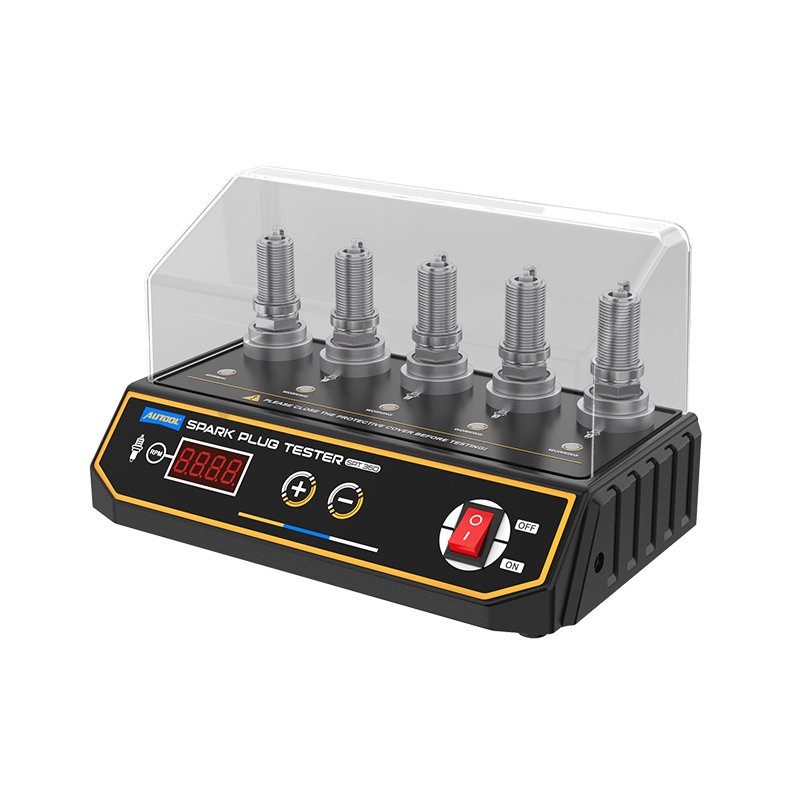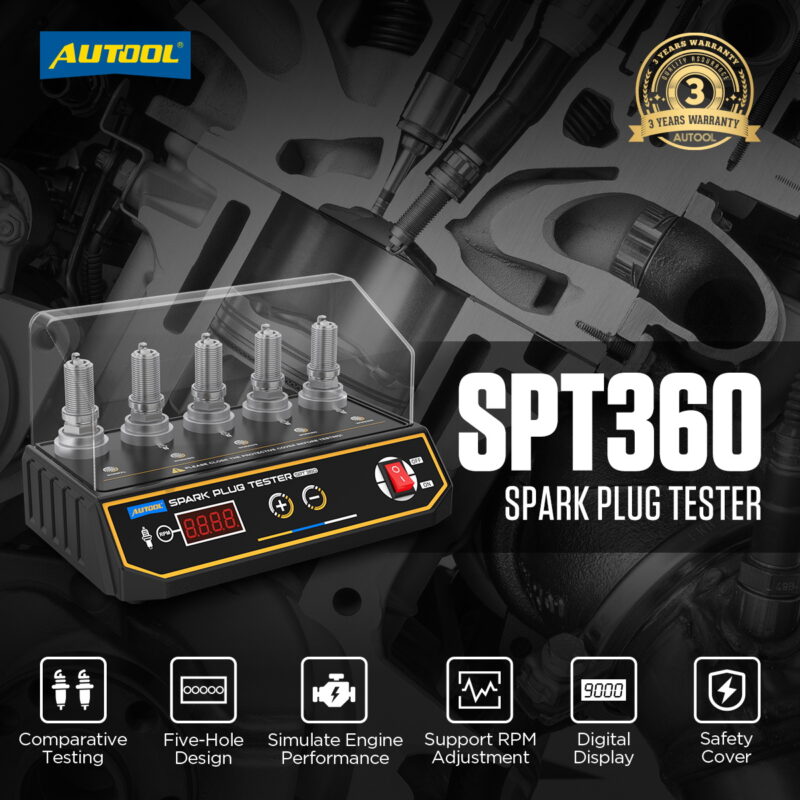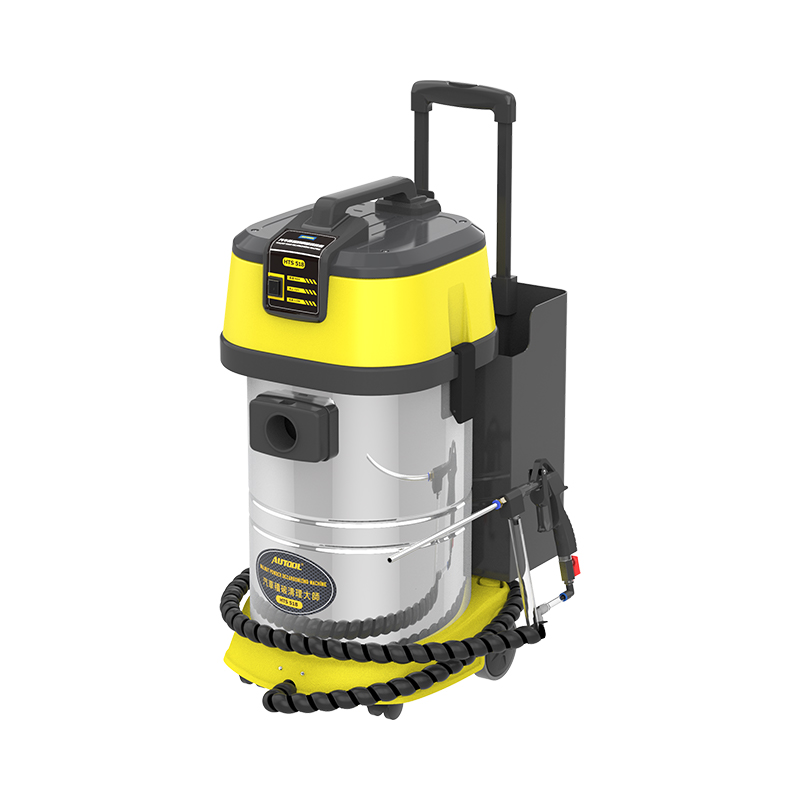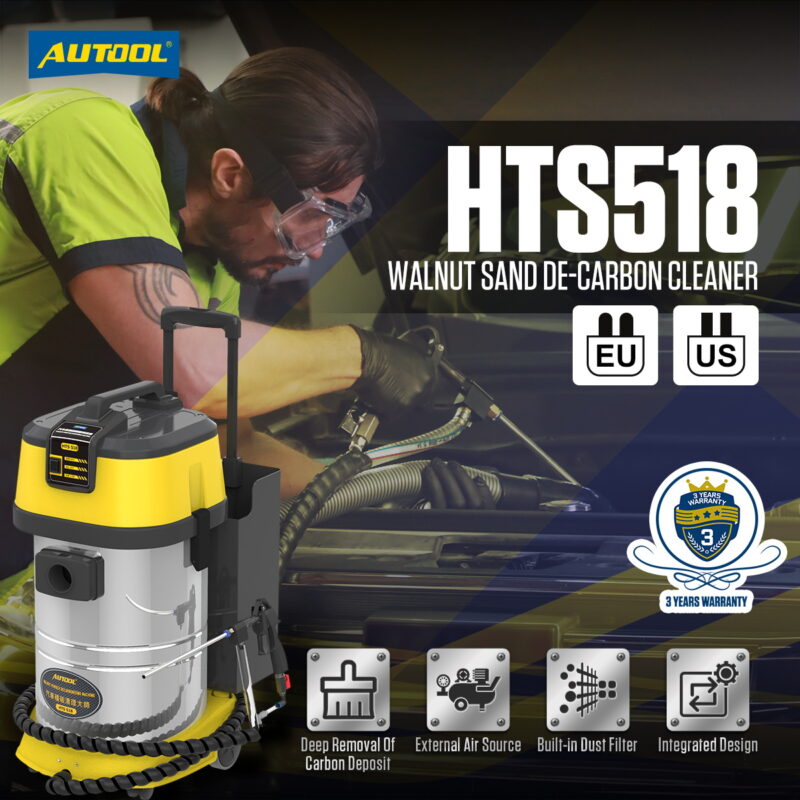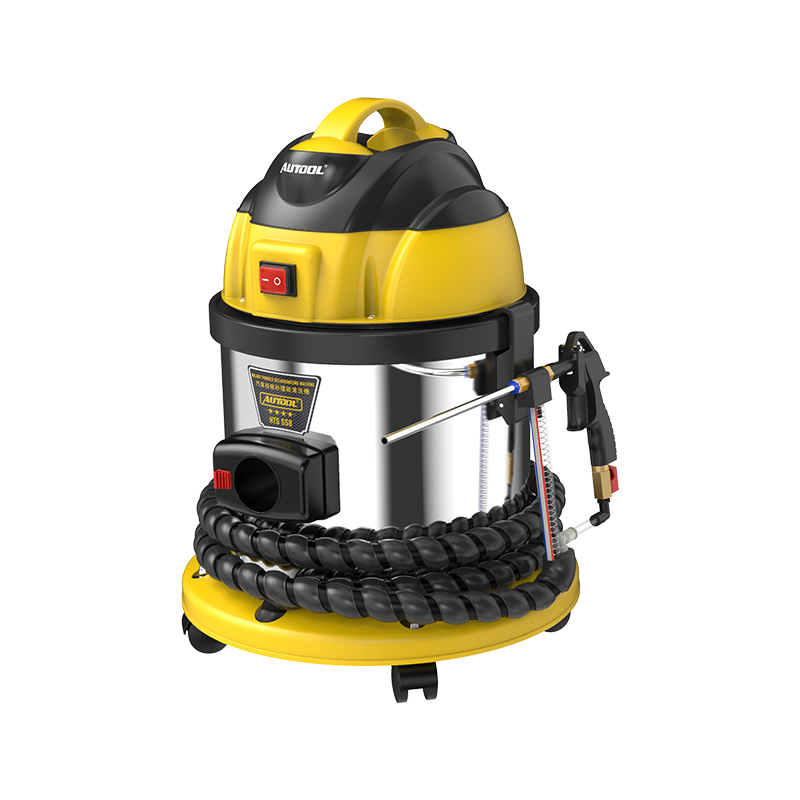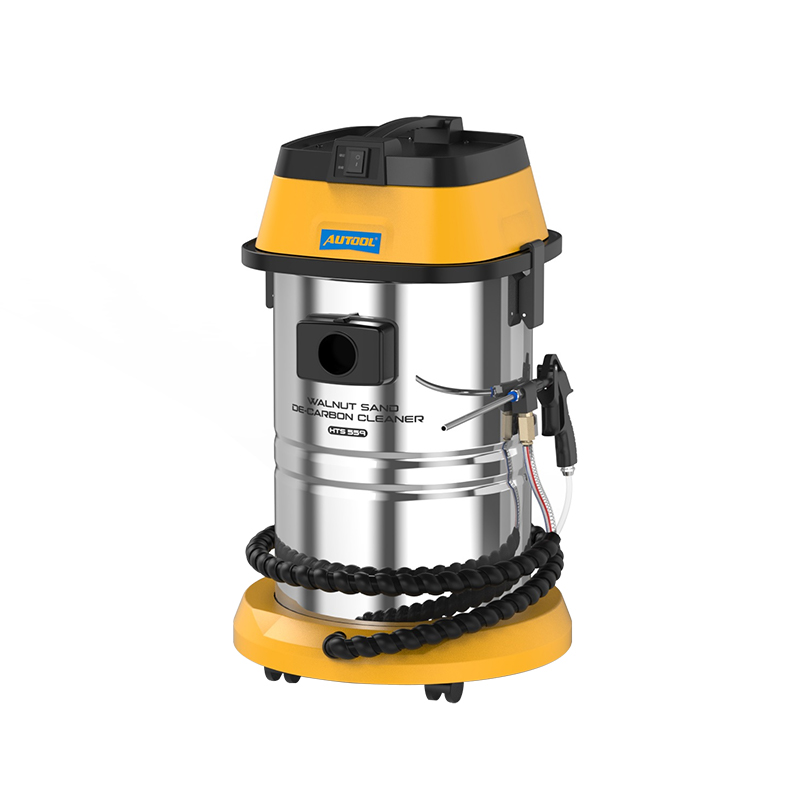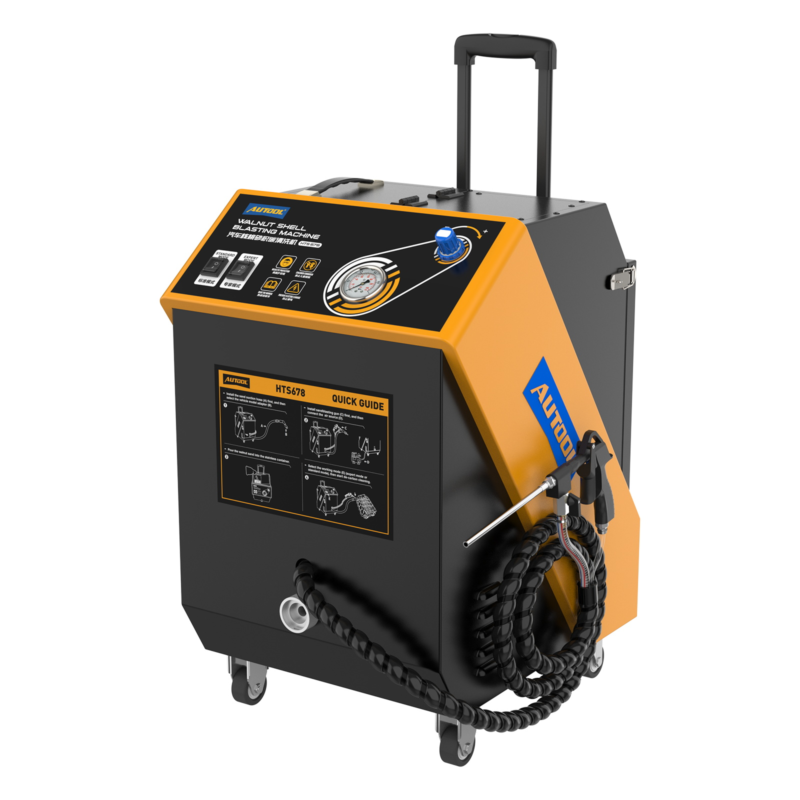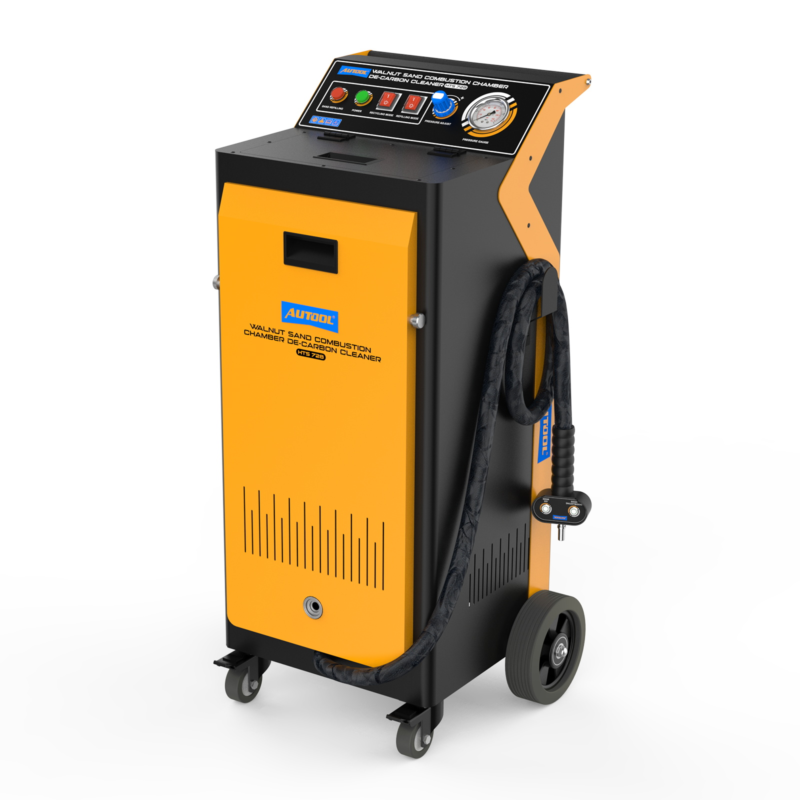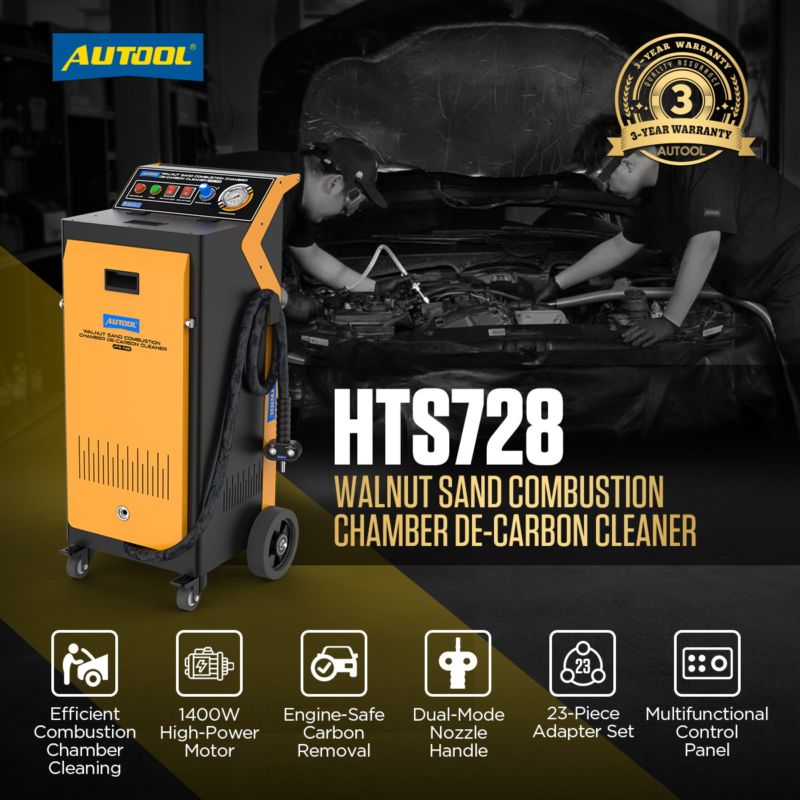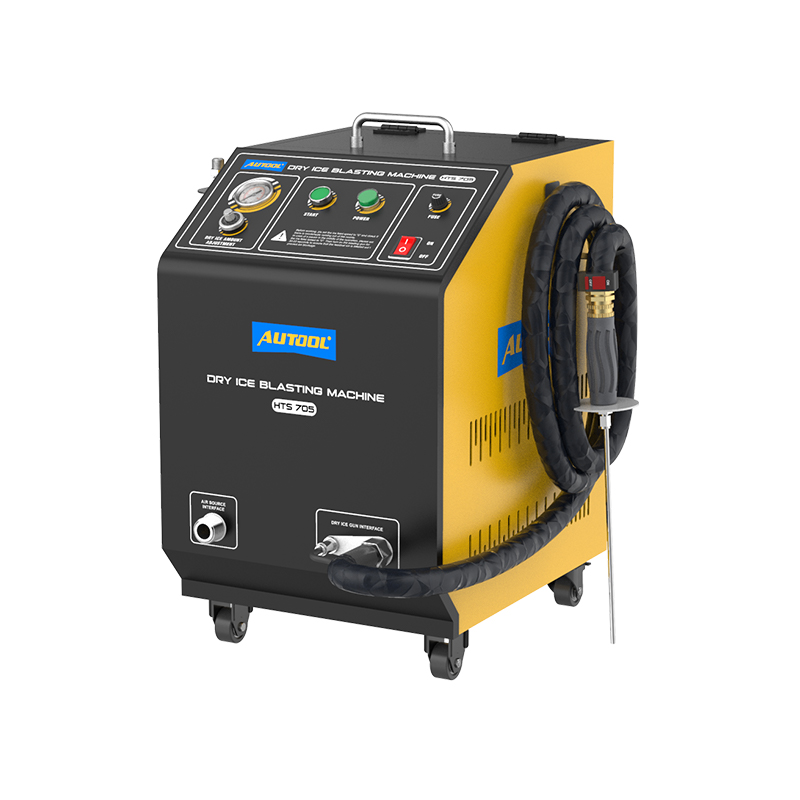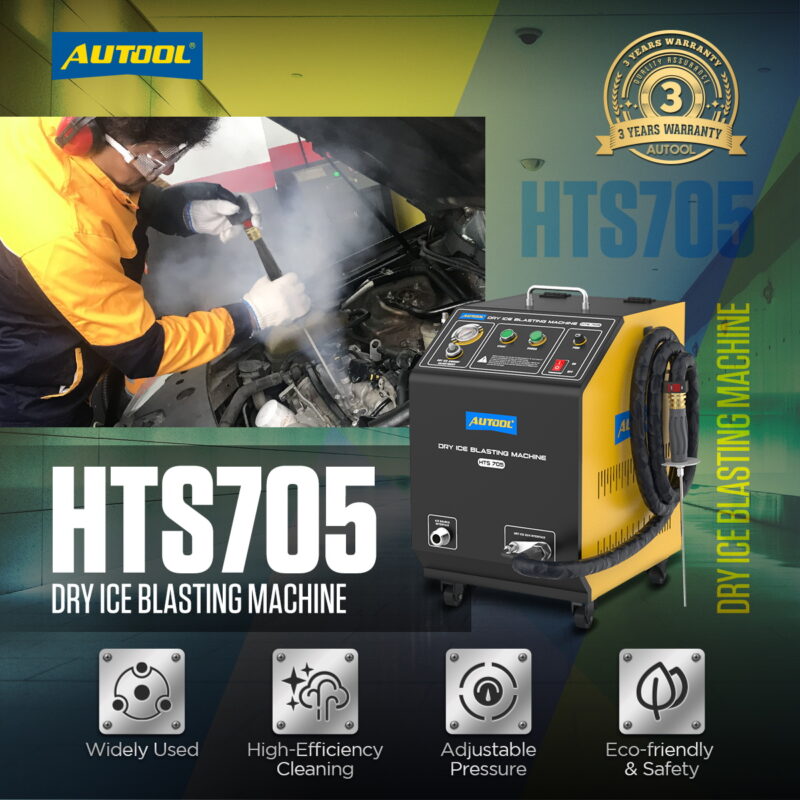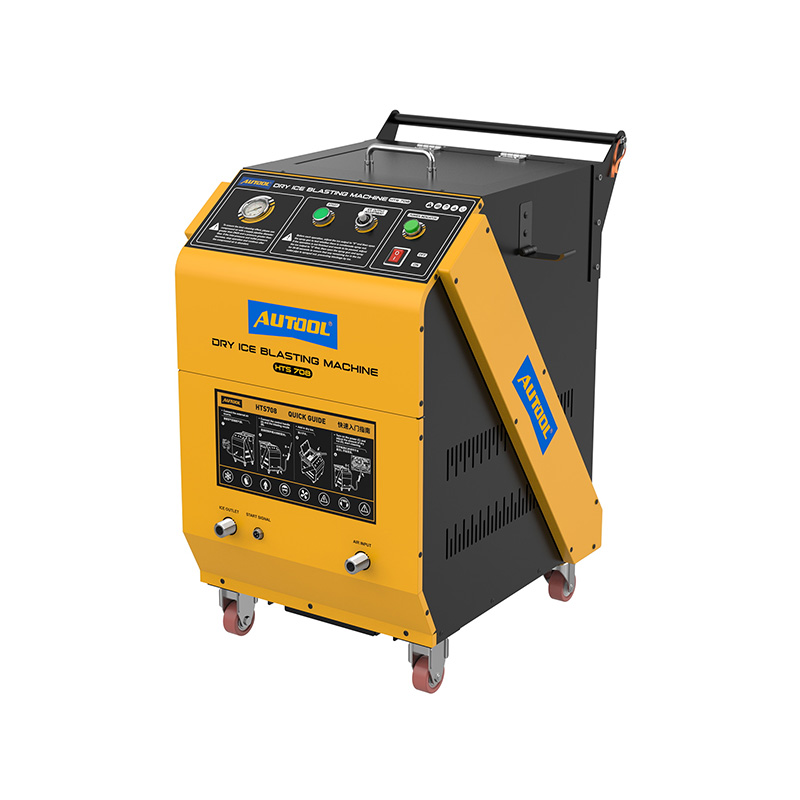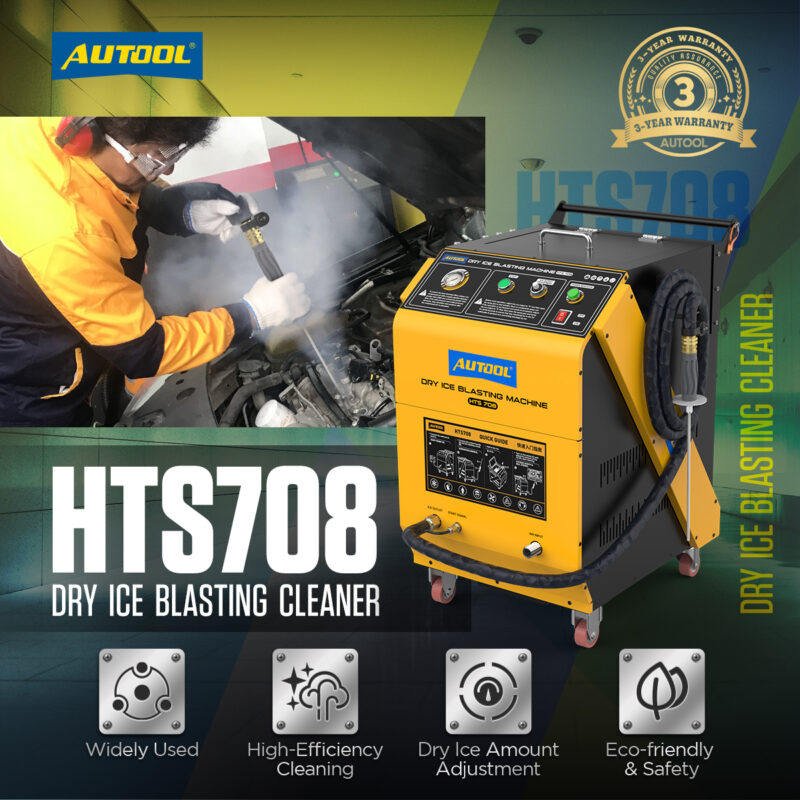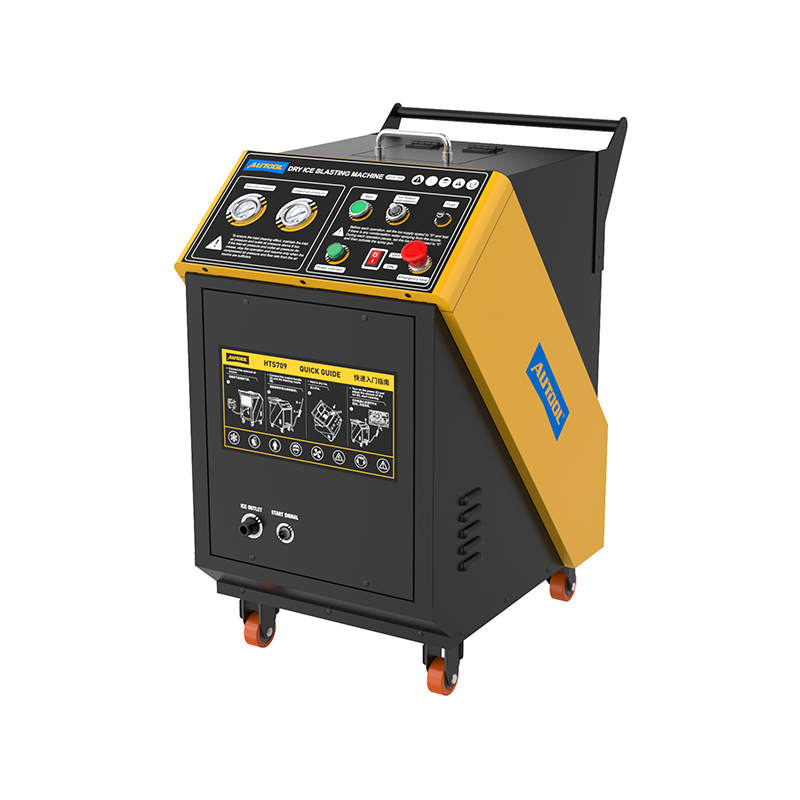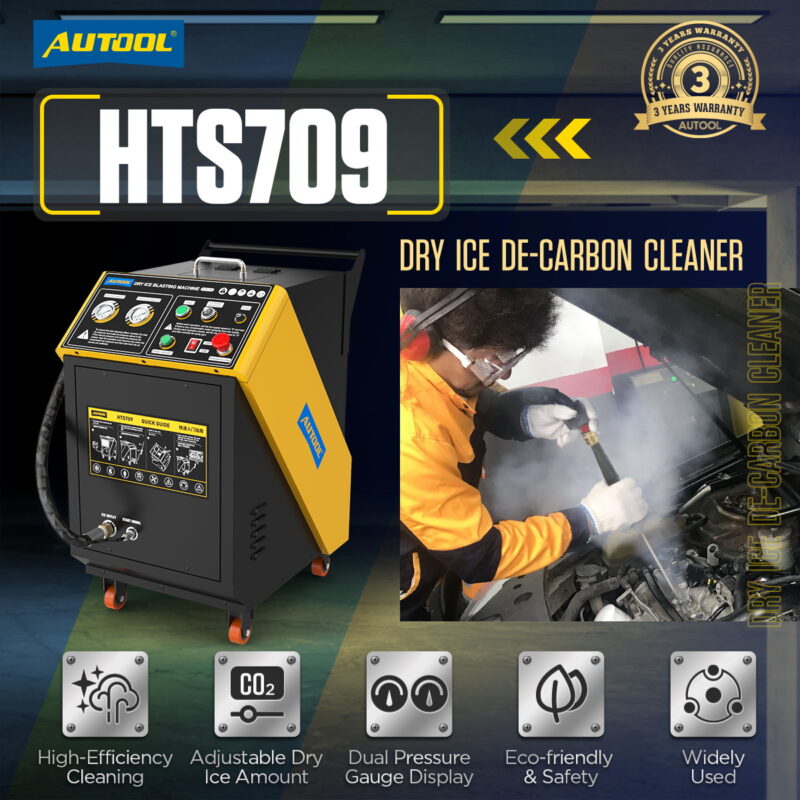AUTOOL Blog, Repair Information
Why Your Car Shaking & What to Do About It
Experiencing car shaking while driving is a frustration that many car owners have faced, especially with vehicles that have higher mileage or longer service life. During daily driving, this vibration may appear as a slight tremor of the steering wheel while idling, or a noticeable body shake at higher speeds. Not only does it affect driving comfort, but it can also indicate hidden mechanical issues.
Many drivers tend to treat car shaking as a “minor issue,” or assume it’s simply a sign of vehicle aging. In reality, this vibration is far from normal—it’s more like an early warning signal from your car. It often points to potential mechanical or electrical faults. Below, let’s go over some common causes of car vibration and how to fix them.
Car Shaking at Idle or During Acceleration
Car vibration often occurs under two conditions:
At idle — for example, while waiting at a red light or during engine warm-up. The vehicle may shake slightly, and the steering wheel or dashboard may vibrate.
During acceleration — especially when starting from low speed or performing sudden acceleration. The shaking becomes more severe, often accompanied by sluggish power delivery or even knocking sounds, which can affect both safety and comfort.
The main culprit is usually the ignition system:
Spark plugs may wear out or become carbon-fouled, reducing ignition efficiency and causing incomplete combustion. This leads to uneven cylinder performance and car vibration. The problem becomes more common once spark plugs exceed the recommended replacement interval (typically 30,000–60,000 km).
Ignition coils can also deteriorate. If the insulation breaks down or the internal circuit fails, voltage output becomes unstable, leading to cylinder misfires and resulting in noticeable shaking while idling or accelerating.
Solution:
After testing, replace the faulty component. If the issue lies with the spark plugs, install new ones of the correct specification. If an ignition coil is faulty, replace the affected one—or the entire set if necessary—to restore smooth engine performance.
Car Shaking When Shifting Gears
If your car runs smoothly in neutral (N) but starts vibrating the moment you shift into drive (D) or reverse (R), the issue likely stems from the engine mount (motor mount). This vibration often comes with noise from the engine bay and tends to worsen during a cold start.
Cause:
Engine mounts are designed to absorb vibrations generated by the running engine. Over time, the rubber material inside the mount ages, hardens, or cracks, reducing its damping ability. When you shift into D or R, the engine load increases, and the weakened mount can no longer absorb the vibration, transmitting it directly to the body.
Solution:
Replace the worn or damaged engine mounts with genuine or high-quality aftermarket parts. Proper installation and alignment will restore stability and eliminate the shaking when changing gears.
Car Vibrating at High Speeds
When driving above 80 km/h (50 mph), noticeable vibration through the steering wheel or seat often points to a wheel imbalance issue. The vibration intensity typically increases with speed and can even affect the vehicle’s trajectory.
Cause:
Unbalanced tires—caused by missing or displaced wheel weights, or uneven tire wear—lead to an off-center rotation. The resulting centrifugal force imbalance causes the entire car to shake at high speeds.
Solution:
Perform a wheel balancing service to adjust the position and weight of the balance clips. Check tire pressure, tread wear, and whether the rims are bent. Replace or repair any faulty parts to completely eliminate high-speed vibration.
Car Shaking During Sudden Acceleration
If your car vibrates or makes a metallic noise when you suddenly accelerate above 60 km/h (37 mph), but drives normally during steady cruising, the problem may lie in the drive shaft.
Cause:
A worn universal joint, loss of grease, or loose connection can cause uneven power delivery. If the drive shaft itself is bent or deformed, its rotation becomes unbalanced at high speed, resulting in strong vibration.
Solution:
Minor issues can often be fixed by replacing the universal joint boot, adding grease, or tightening bolts. For more severe cases, a bent or excessively worn drive shaft should be straightened or replaced to restore smooth power transfer.
Car Vibrating Only at Idle (But Not While Accelerating)
If your car shakes slightly while idling—such as during warm-up or waiting at a light—but the vibration disappears when you press the gas pedal, the issue often involves the throttle body.
Cause:
Carbon buildup inside the throttle body disrupts the air-flow balance, leading to unstable combustion and idle vibration.
Solution:
Remove and clean the throttle body thoroughly, including the valve plate and air passages. Perform an idle relearn procedure afterward to recalibrate airflow and restore steady idle operation.
Car Shaking When Braking
If you feel the steering wheel shake or the brake pedal vibrate when applying the brakes, the issue likely comes from worn or warped brake rotors. The vibration typically intensifies with harder braking, reducing both comfort and braking stability.
Cause:
Uneven heating or heavy braking over time can warp the brake rotors or create deep grooves on their surface. This results in uneven contact and vibration during braking.
Solution:
If the rotors are only slightly worn, resurfacing (“turning”) them can fix the issue. If they are severely warped or thin, replacement is the safest solution.
Car Vibrating with Exhaust Noise During Acceleration
If you notice both shaking and strange exhaust noises (such as deep rumbles or metallic rattles) while accelerating, the problem may lie in the exhaust system.
Cause:
Carbon buildup, pipe leaks, or loose connections in the exhaust system can restrict gas flow or cause vibration and noise.
Solution:
Clean the exhaust passages and catalytic converter to remove carbon deposits. Repair leaks or replace gaskets and bolts as needed. Severely corroded pipes should be replaced entirely.
Car Shaking Over Bumps or Uneven Roads
If your car vibrates violently or produces clunking noises when passing over potholes, bumps, or speed humps, the issue usually involves shock absorbers or suspension bushings.
Cause:
Worn shocks lose their damping effect, and aged rubber bushings create metal-to-metal contact, causing noise and vibration.
Solution:
Replace the faulty shock absorbers (preferably in pairs) and worn suspension bushings. Retighten all components to restore stable and smooth handling.
Conclusion
Car shaking is a common issue, but it often hides deeper mechanical, electrical, or structural faults. Whether it occurs during idling, acceleration, braking, or high-speed driving, each symptom deserves attention. Proper inspection and targeted repair not only eliminate vibration but also extend your vehicle’s lifespan, ensuring a safer and more comfortable drive.
For regular maintenance, check your ignition system, wheel balance, drive shaft, suspension, and braking system. Clean carbon buildup regularly, and replace worn components promptly. If abnormal vibration or noise appears, seek professional diagnostics early—small issues can quickly turn into major repairs if ignored.
WhatsApp: +86 18926477404
Email: shop@autooltech.com

